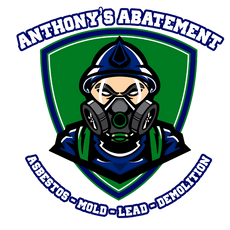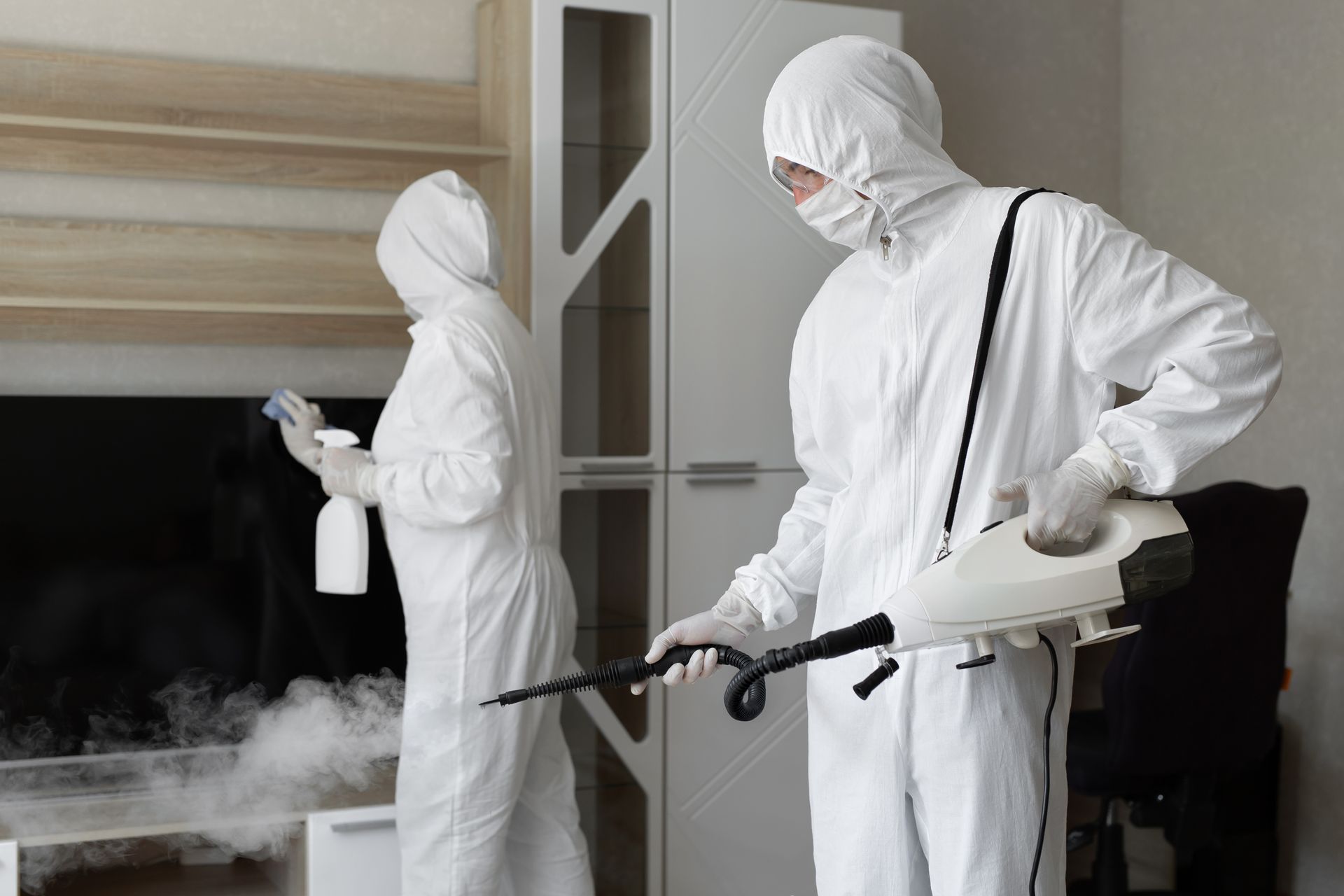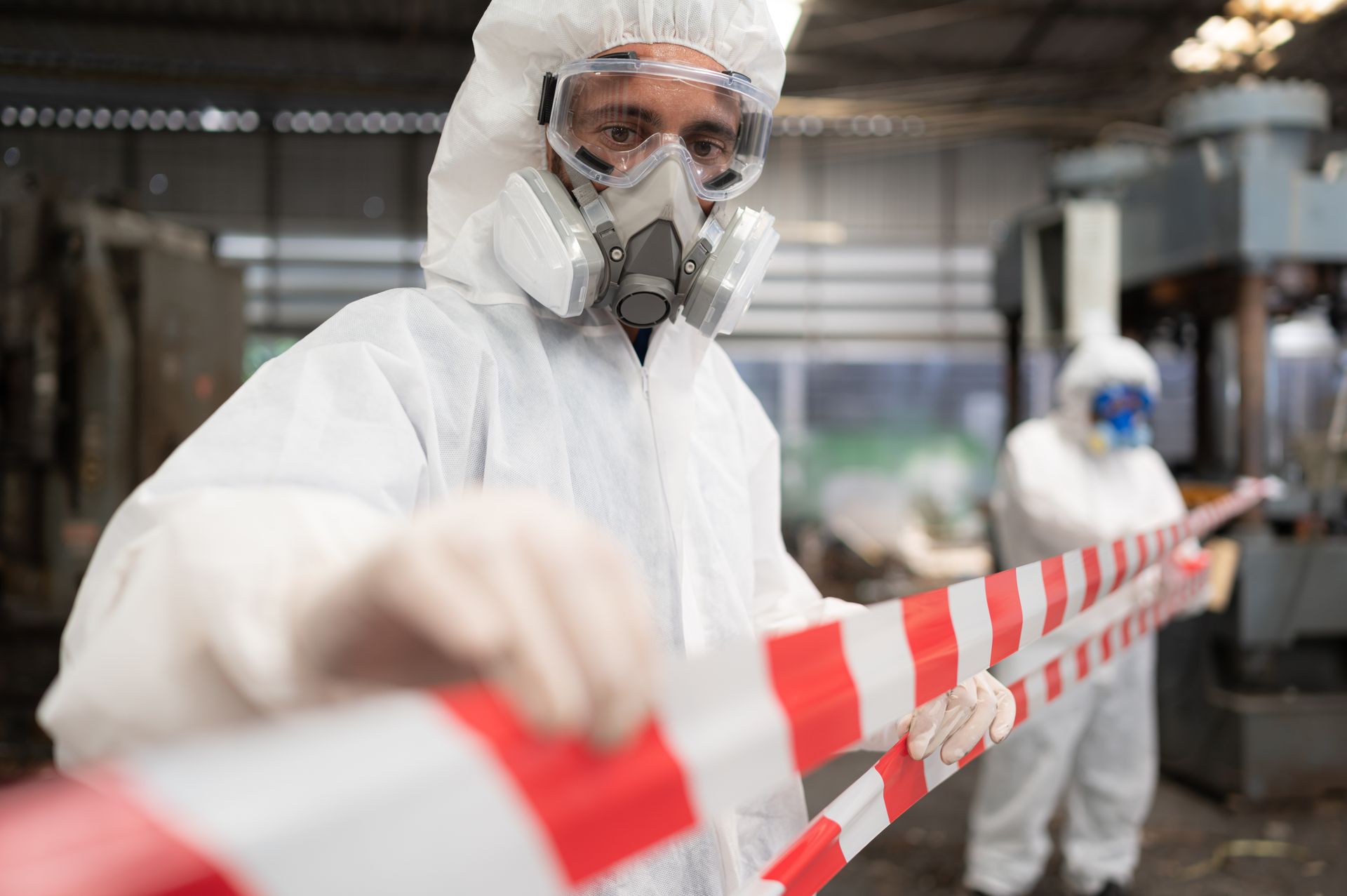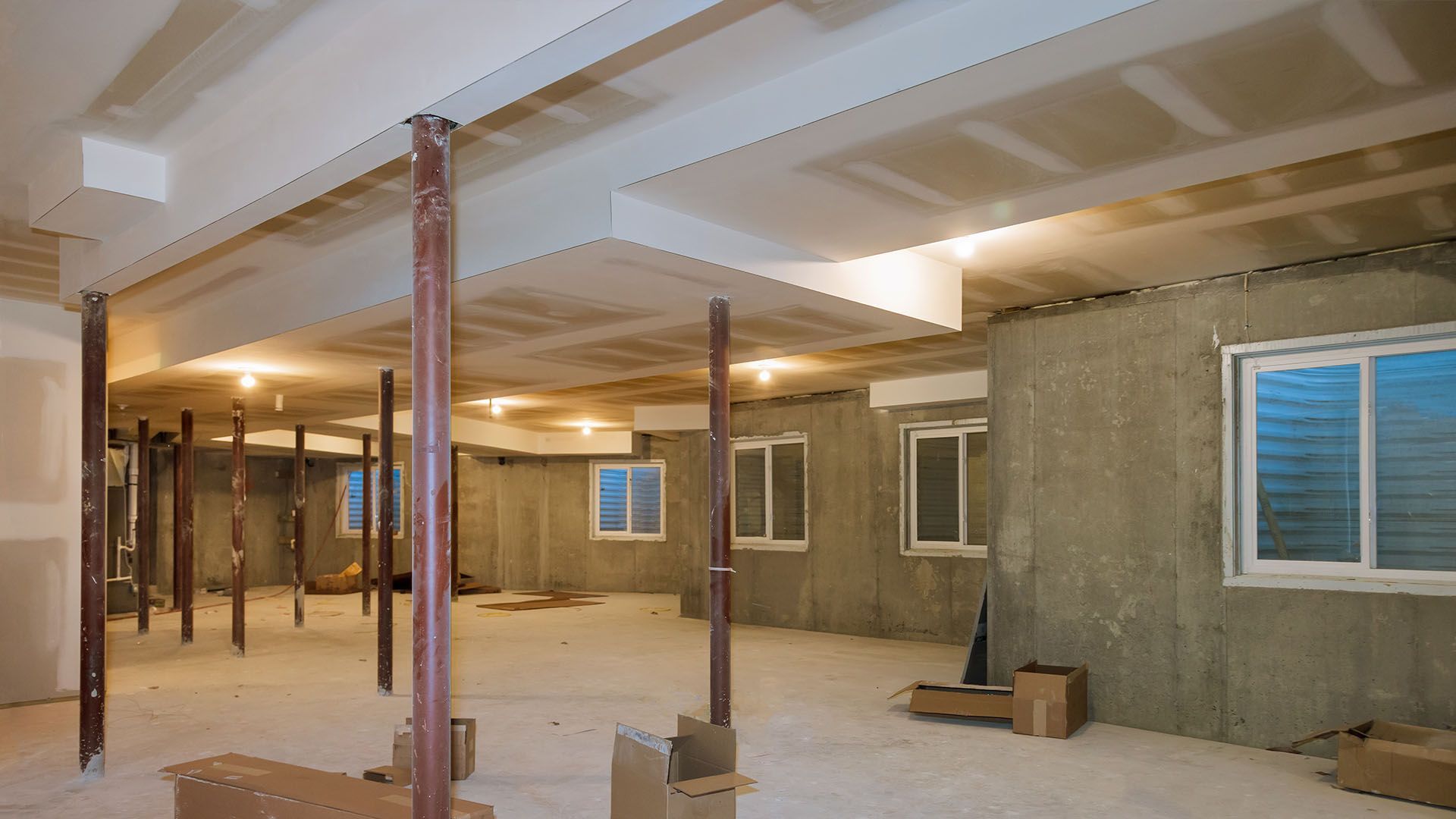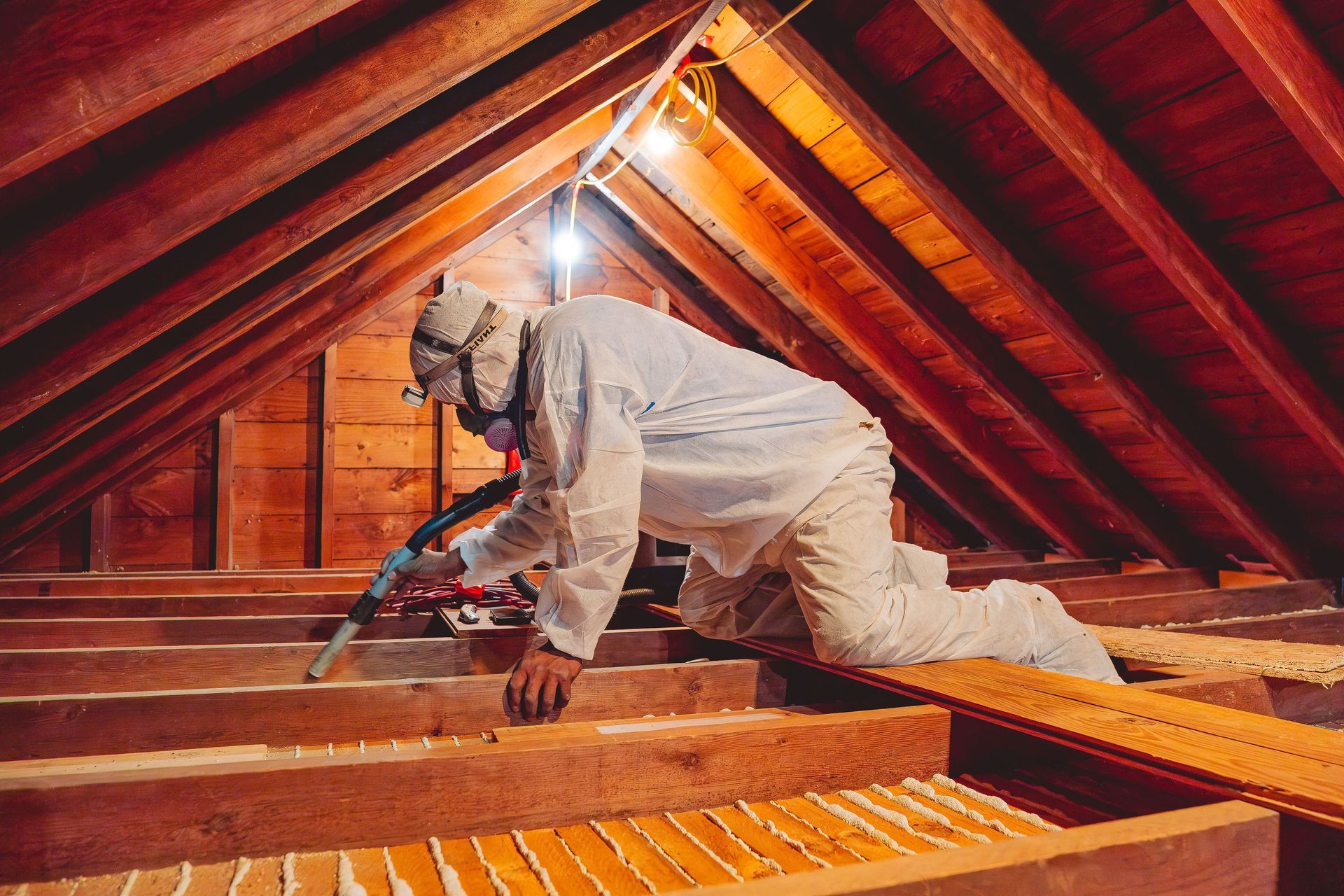Buying a Home with Asbestos: Risks and Solutions Explained
Are you considering buying a home with asbestos and wondering about the safety implications? Although there are health risks, informed decision-making and proper precautions can mitigate them. This article will guide you on how to identify asbestos, assess risks, and manage it safely in your potential new home.
Key Takeaways
- Asbestos was commonly used in building materials before the 1980s due to its heat and fire resistance, but it poses significant health risks if disturbed and inhaled.
- Professional inspection and testing by certified asbestos inspectors are crucial before purchasing an older home to identify and manage any asbestos-containing materials safely.
- Managing asbestos involves either encapsulation or removal by licensed professionals, with removal being generally more expensive but necessary for safety, particularly during renovations.
Understanding Asbestos in Homes
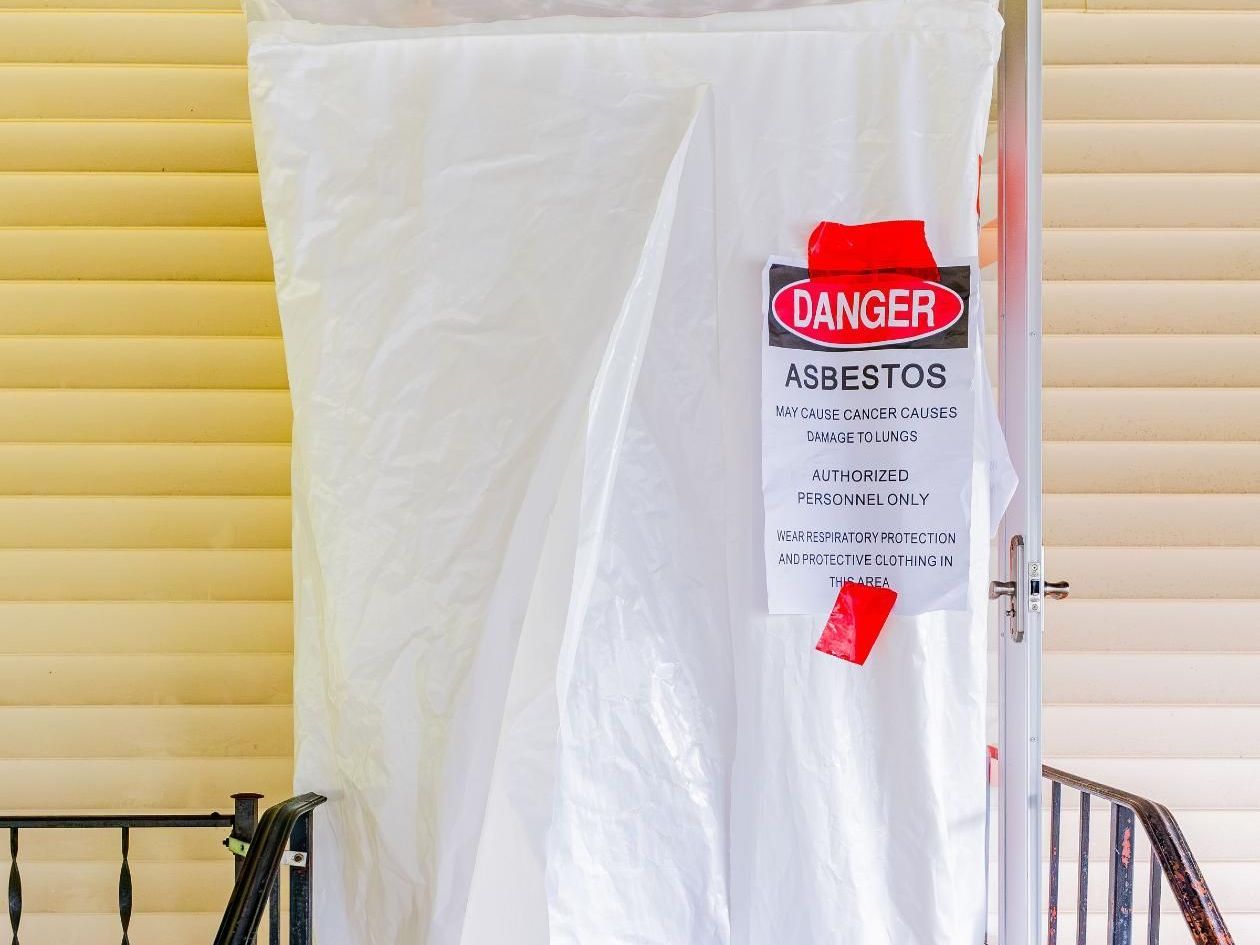
Asbestos, a naturally occurring fibrous mineral, was once a staple in building construction due to its remarkable heat and fire resistance. However, the primary concern today is that asbestos materials can become damaged over time, releasing tiny asbestos fibers into the air and posing significant health hazards. Asbestos exposure is a risk during DIY renovations, such as drilling through drywall or replacing old pipes. It is important to take appropriate safety measures to minimize this risk.
The risk is minimal if asbestos-containing materials are in good condition, but any disturbance can make the situation much more dangerous, leading to asbestos hazards.
What is Asbestos?
Asbestos is a mineral fiber found in rock and soil, known for its resistance to heat, fire, and chemicals. The fibers, primarily composed of silicon and oxygen, are incredibly durable and resistant to many chemicals. Asbestos is found in nature in different colors such as:
- white
- green
- blue
- brown
These varying colors depend on the specific mineral composition of the asbestos. These properties made asbestos a popular choice in numerous building materials before its health risks were fully understood.
Common Asbestos-Containing Materials
Asbestos can be found in many common building materials, especially in homes built before the 1980s. Some examples of materials that might contain asbestos are:
- Vermiculite attic and wall insulation
- Hot water and steam pipes, which are often coated with asbestos material or covered with an asbestos blanket or tape
- Vinyl floor tiles and the backing on vinyl sheet flooring, as well as adhesives
It is important to be aware of these construction materials and take appropriate precautions when working with or renovating older homes.
Common asbestos-containing materials that may have contained asbestos include:
- Roofing and siding shingles
- Textured paint and patching compounds used on walls and ceilings
Identifying these materials is the first step in managing asbestos risks in your home.
Identifying Asbestos in a Potential Home Purchase
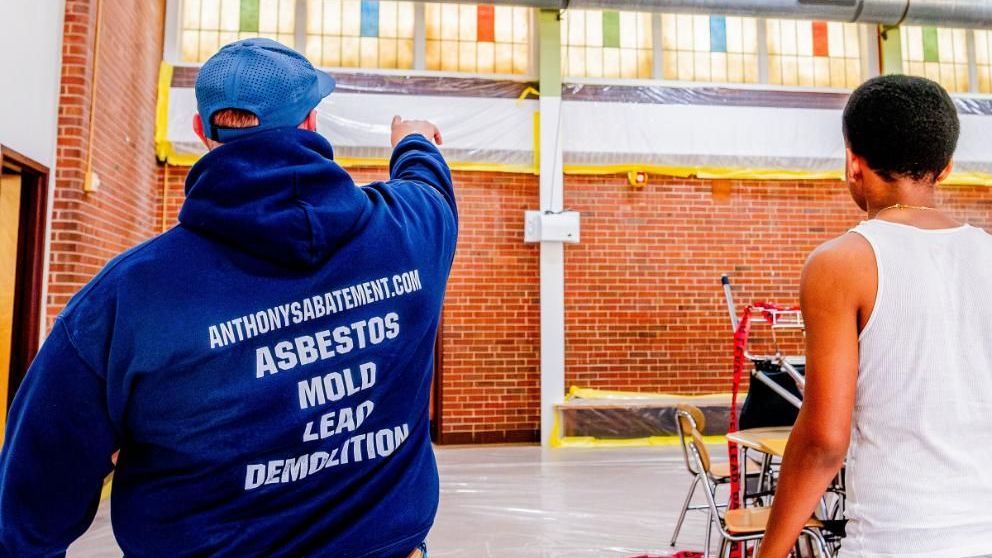
Identifying asbestos in a potential home purchase is crucial for ensuring the safety of your future living environment. Homes built before the 1980s are more likely to contain asbestos in materials such as:
- insulation
- spackling compounds
- paint
- some appliances
Before finalizing a purchase, it’s essential to evaluate the extent and condition of any asbestos present and develop a management plan.
Checking your state’s laws on managing asbestos safely and ensuring that asbestos-containing materials are undisturbed and correctly installed are vital steps. Hiring a certified asbestos inspector is recommended to determine if there is asbestos in the home.
Signs of Asbestos-Containing Materials
Homes built before 1980, such as a houses with asbestos, are likely to contain this hazardous material due to its widespread use in building materials. Asbestos might be found in various locations throughout a home, including:
- Cement
- Floor tiles
- Insulation
- Walls
- Pipes
Older floor tiles and their adhesives, roof shingles, and ceiling tiles from homes built prior to the 1980s are likely to contain asbestos.
Additionally, popcorn ceilings installed in homes before the 1980s often contain asbestos. Asbestos was also commonly used in insulation, especially around pipes and boilers in older homes.
Asbestos Inspection and Testing
Before finalizing the purchase of an older home, it’s essential to have a professional asbestos inspection. Asbestos testing is not part of a standard home inspection and requires an AHERA certified inspector. Hiring a trained and certified asbestos professional is crucial for accurate inspections and testing. Certified inspectors can take samples of suspected materials and have them tested in a laboratory to confirm the presence of asbestos. Request information on who performed asbestos inspections and their qualifications.
Testing for asbestos is especially important if you plan to disturb building materials during renovation. DIY asbestos test kits can be hazardous and pose an exposure risk if not handled properly. Therefore, it is always recommended to hire a certified asbestos professional for both inspection and testing to ensure safety.
Health Risks Associated with Asbestos Exposure

Asbestos exposure can lead to severe health risks, including various types of cancer and respiratory problems. Inhaling asbestos fibers can cause diseases such as lung cancer, mesothelioma, and asbestosis. These diseases often develop many years after the initial exposure, making them particularly insidious.
Understanding these risks is crucial for anyone considering purchasing a home with asbestos.
Asbestos-Related Diseases
All forms of asbestos have been linked to the following diseases:
- Mesothelioma, a cancer that often affects the linings of organs in the chest and abdomen
- Lung cancer
- Asbestosis, which can severely impact one’s quality of life and health
Asbestos-related diseases typically manifest symptoms approximately 20 to 30 years following initial exposure to asbestos. These may include respiratory issues and lung abnormalities.
How Asbestos Fibers Affect Health
Inhaling asbestos fibers can cause them to lodge deep in the lungs, leading to irritation and scarring known as asbestosis, which results in difficulty breathing. Asbestos fibers can also cause pleural plaques, pleural thickening, and pleural effusions, contributing to breathing difficulties.
The risk of mesothelioma is also increased among family members of workers exposed to asbestos and people living near factories and mines where asbestos is present.
Managing Asbestos in Your New Home
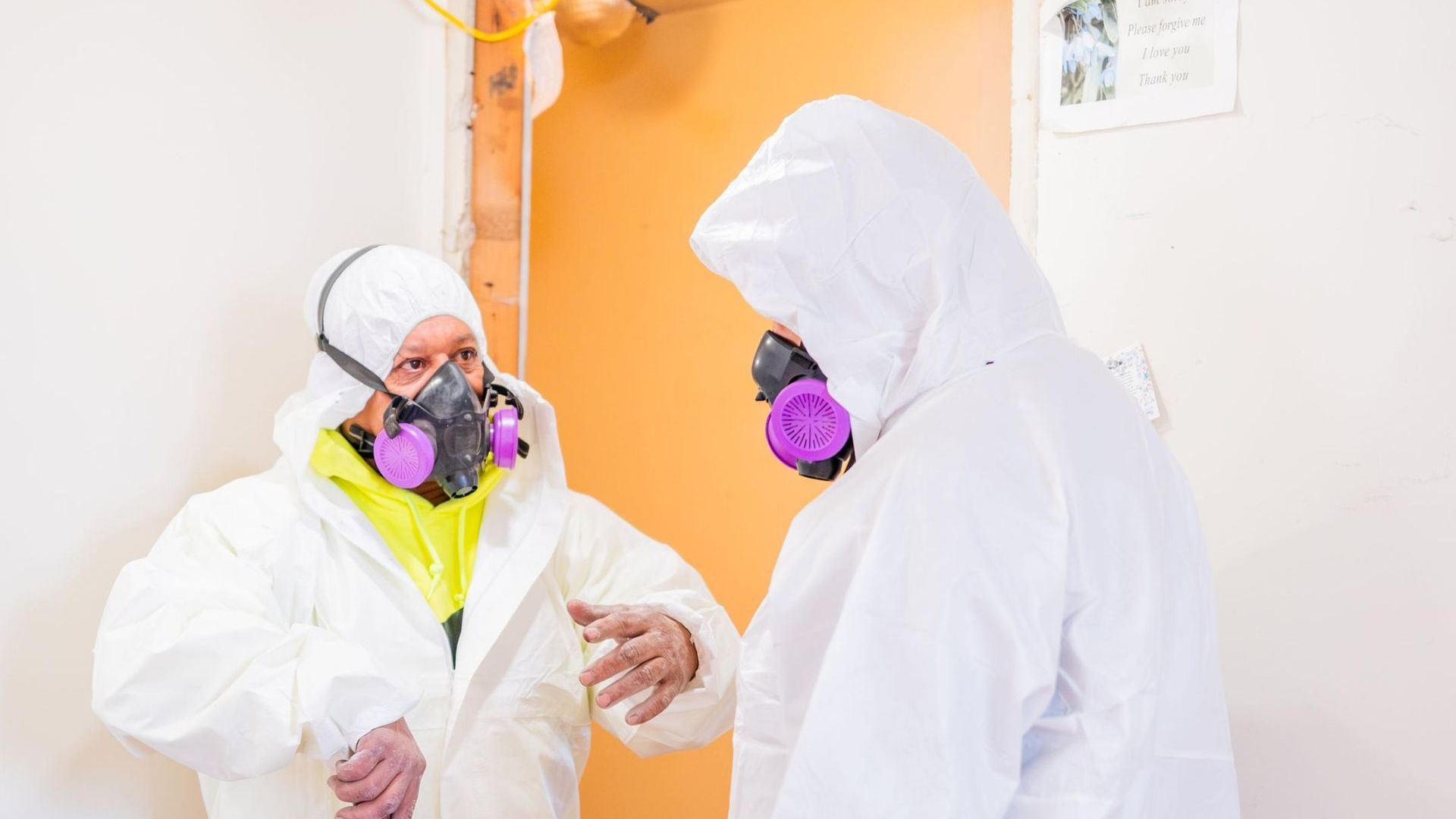
Managing asbestos in a new home involves understanding the best practices for dealing with it safely. There are three main options for minimizing the risks: encapsulating asbestos-containing materials, removing them entirely, and hiring licensed professionals for asbestos removal and abatement.
It is crucial to regularly check potential asbestos-containing materials for wear and tear without touching them. Seeking help from a trained asbestos professional is essential for the safe removal and disposal of asbestos-containing materials to prevent health risks.
Encapsulation vs. Removal
There are two main types of corrections for managing an asbestos problem: encapsulation and removal. Encapsulation, known as sealing, involves treating the material with a sealant. This process either binds the asbestos fibers together or coats the material to prevent the release of fibers. Items commonly encapsulated include asbestos insulation on piping and ductwork systems.
While encapsulation typically has lower upfront costs, if encapsulated asbestos needs to be removed later, it often results in higher costs than if it were initially removed.
Hiring Asbestos Abatement Professionals
Asbestos removal is generally safer when performed by licensed professionals, and post-removal air testing can verify the job’s success. Improper handling of asbestos materials can create a hazard. This is why it is not recommended to do minor repairs yourself.
If you suspect asbestos in your home, avoid touching it and limit access to the area, as this may release asbestos fibers. Always hire licensed asbestos abatement professionals to remove asbestos, ensuring the job is done safely and effectively.
Legal Considerations When Buying a Home with Asbestos

Buying a home with asbestos involves understanding both local and federal regulations to ensure compliance and safety. Some states require sellers to disclose any known asbestos presence in their home disclosure forms. However, federal law does not mandate sellers to disclose the presence of asbestos in a home.
It’s essential for both buyers and sellers to work with a real estate agent who is aware of these regulations to avoid legal liability and ensure proper compliance.
Disclosure Laws
State or local laws may require disclosure of asbestos by the seller during a home sale. In many areas, sellers are legally required to disclose the presence of asbestos to potential buyers during the property transaction. Disclosure laws are designed to protect buyers by ensuring they are informed about the potential hazards in a property, including asbestos. If a seller knows about asbestos presence and does not disclose it, they may be breaching their duty to the buyer.
Sellers must also disclose if they found asbestos during renovations and provide proof of any remediation.
Liability and Compliance
Both buyers and sellers have specific responsibilities to comply with asbestos regulations, which include ensuring proper inspection and potential removal if necessary. Sellers must provide accurate information about asbestos-containing materials to avoid legal liability.
Understanding and complying with these regulations is crucial for both parties to avoid potential risks and legal complications.
Costs Involved in Asbestos Management
The cost of asbestos management includes inspection, testing, and abatement, which can vary widely depending on the scope and specific requirements. Asbestos removal interior costs range between $5 and $20 per square foot depending on location, while exterior asbestos removal is more expensive, costing from $50 to $150 per square foot. Asbestos removal can be expensive and depends on factors such as asbestos testing and the specifics of the asbestos removal process.
Inspection and Testing Costs
The cost of professional asbestos testing ranges between $350 and $600. Asbestos inspections and testing typically cost between $250 and $850. Testing for airborne asbestos can cost $1,000 or more.
A comprehensive asbestos inspection for a residential property can cost around $1,500 or more. For smaller projects like buying or selling a home, asbestos inspection costs can start at approximately $225. The cost of additional testing, such as air or water testing for asbestos, depends on property size and complexity, potentially increasing total expenses.
Removal and Abatement Costs
Budgeting for asbestos remediation is crucial when planning to renovate an older home. Consider the potential costs of asbestos removal when budgeting for your new home. Prospective buyers should allocate a budget for both identifying and potentially removing asbestos.
Removing asbestos from walls usually costs between $8 and $13 per square foot. Removing asbestos from pipe insulation generally costs $5 to $15 per square foot, while popcorn ceiling asbestos removal costs between $5 and $10 per square foot. Encapsulation of asbestos in walls costs around $2 to $6 per square foot.
Tips for Homebuyers
Purchasing a house that is suspected of containing asbestos may not be a bad decision, provided that you are fully aware of the associated risks and potential expenses. Understanding these factors can help you make an informed choice about your investment. Getting sick from asbestos products in your home is rare. However, it is still important to be cautious and take necessary precautions.
Create a budget for asbestos identification and removal and assume the house contains asbestos when buying or renovating older homes.
Questions to Ask Sellers and Inspectors
When buying a home, it’s crucial to ask specific questions about asbestos to ensure you’re making an informed decision. Here are some questions to ask the seller:
Additionally, ask whether any renovation has disturbed asbestos-containing materials. These questions will help you gauge the potential risks and necessary actions regarding asbestos in the home.
Negotiating Price and Repairs
Use the findings from an asbestos inspection as leverage to negotiate a lower purchase price. It’s essential to get a professional estimate for asbestos removal to aid in price negotiations. Request the seller to cover the costs of asbestos removal or abatement as a condition of the sale.
Sellers may agree to handle the asbestos removal as part of the sale agreement. These negotiations can significantly reduce your financial burden and ensure the home is safe before you move in.
Summary
Buying a home with asbestos requires thorough knowledge and careful planning. Understanding the risks, identifying asbestos-containing materials, and managing them safely are crucial steps. Always seek professional help for inspections and removals, comply with legal requirements, and budget appropriately for potential costs. By following these guidelines, you can ensure a safe and healthy living environment in your new home. Remember, informed decisions lead to safer homes.
